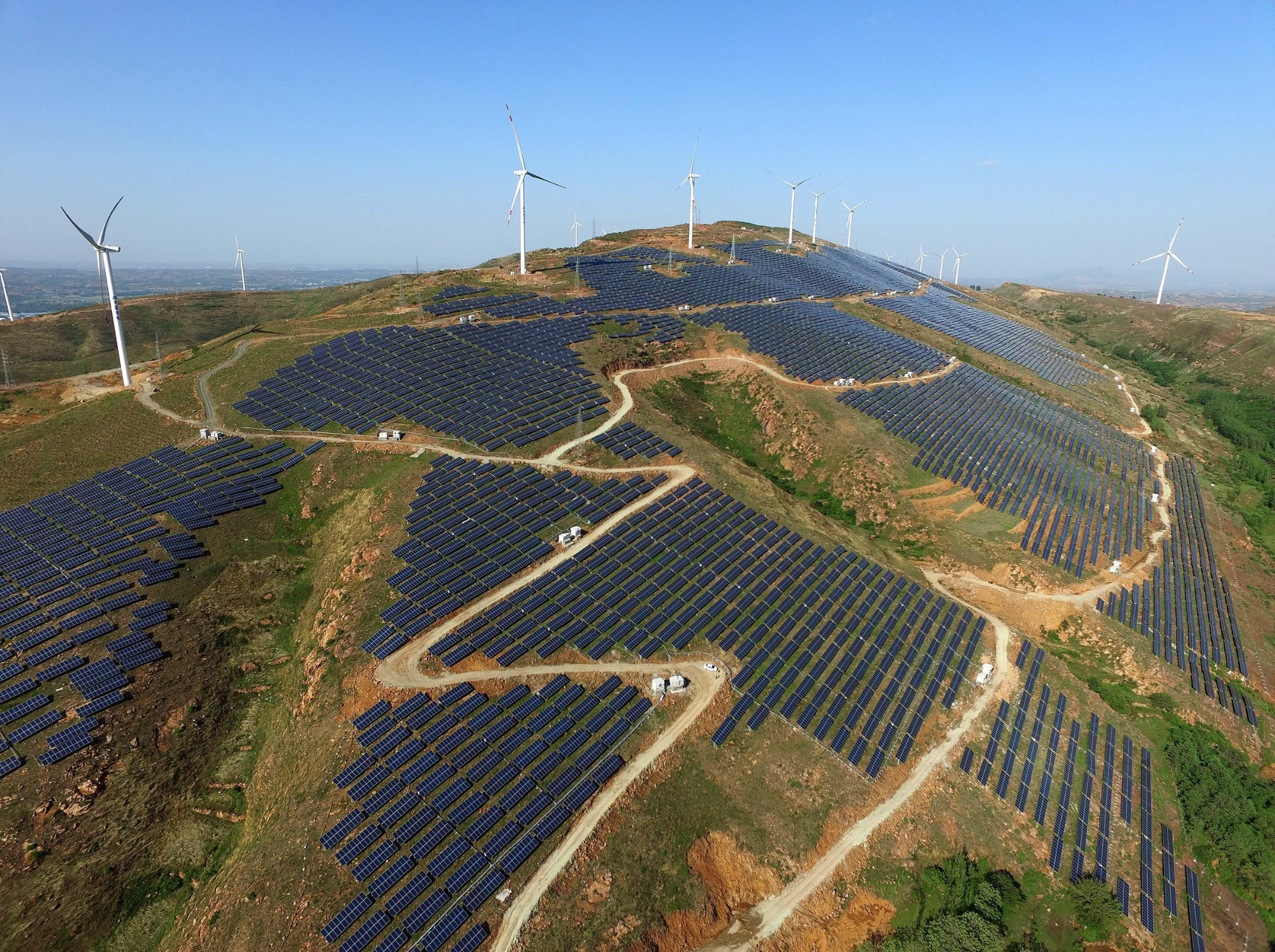Other clean sources met an additional 33% of the increase in electricity generation in 2024, bringing the total share of clean sources to 70%. This represents a significant shift compared to the 2014-2023 period, when clean sources met 50% of the increase in electricity generation, with the rest coming from fossil fuels. In the decade before that, clean sources met just 25% of the increase in generation.
The 50% clean share during the 2014-2023 period might come as a surprise, given how narratives around BRICS energy systems often highlight growing coal and gas use. However, consistent capacity additions in both solar and wind power, along with moderate additions in hydro and nuclear, have shifted this paradigm.
China stands out as a leading example. In 2024, solar alone accounted for 41% of the increase in electricity generation, and all clean sources combined made up 82%, as reported in Ember’s Global Electricity Review 2025. That 41% solar contribution was more than three times higher than its share in the previous decade (2014-2023), when it met 14% of the increase in generation.
Other BRICS countries are also making noticeable progress. In 2024, solar met a quarter of their electricity generation growth, a substantial increase from 14% across the previous decade.
Solar’s rise is bringing fossil fuels to a tipping point in China
Recent Ember data shows that so far in 2025, China is meeting and exceeding its growth in demand with clean sources. Solar generation increased 120 TWh in the first five months of 2025 and met 86% of the increase in demand of 139 TWh. This, together with substantial growth in wind and other clean sources, led to a fall in fossil generation of 64 TWh, a 2.6% decrease from January to May 2024.
